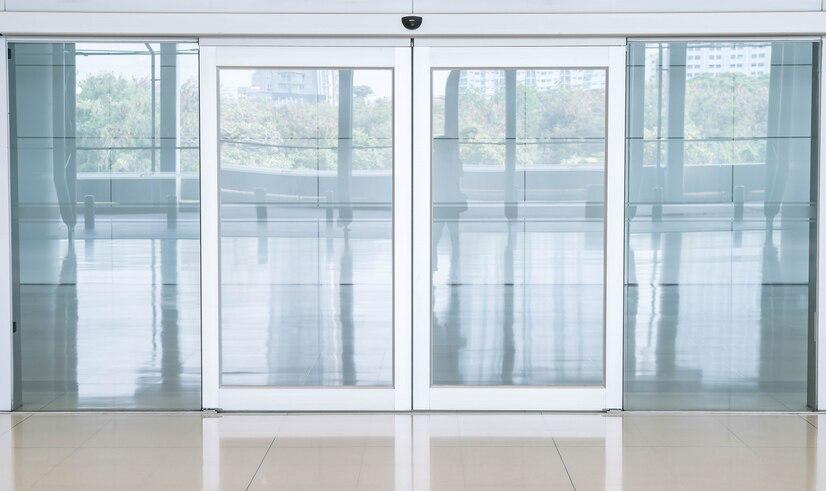
The fabricate process for the manufacture of toughened glass
Toughened glass, commonly known as tempered glass, refers to glass that has undergone distinct treatment during manufacturing to derive greater strength and hence safety than ordinary glass. Such glass is applied in car windows, mobile screens, and building facades. The whole manufacturing process of toughened glass passes through various stages that lead to an increase in the strength and durability level in glass, while ensuring safety by breaking during any accident. In this article, we will discuss the many stages involved in the manufacture of toughened glass and the science that delivers superior strength to glass.
- Glass-Cutting
The process starts with the choice of the raw glass sheets which are usually of soda-lime glass and generally made from float glass. These sheets are cut to the required shape and size with diamond-tipped cutters. The cutting is normally processed with extreme precision, as any inconsistency or sharp edge can significantly diminish the product’s quality. The edges of those seldom-smaller-than-2-milimeter glass sheets are then smoothed or polished to avoid any potential injury. - Glass Cleaning
Before the toughening process can begin, ensuring that the glass is absolutely free of dust, oil, or debris that would interfere with the treatment is essential. This is normally done in a cleaning chamber with high pressure, in which both sides of the glass are scrubbed with detergents and rinsed with water. An even surface is critical for assuring uniformity in the toughening process and avoiding infliction of any imperfections in the glass. - Heating the Glass
The third step involves heating the glass to a remarkable temperature, generally around 620-650°C (1,148-1,202°F). This process is completed in an oven or furnace called a “toughening furnace” or a “tempering oven.” The glass is heated very slowly to ensure that it becomes fully refined and reaches this temperature evenly through its thickness. At this temperature, the glass becomes soft but does not melt. The next important step in glass production is state-altering the glass into hard objects by means of rapid cooling. - Rapid Cooling (Quenching)
When the glass reaches the desired temperature, it is quench-cooled using high-pressure air jets, which is called “quenching” and is the characteristic step in strength enhancement of the glass. This rapid cooling causes the surface of the glass to cool down and contract quicker than the interior, establishing on the surface compressive stresses and tensile stresses inside. It is these internal stresses that confer strength on toughened glass because they make the glass far more resistant to breaking or splitting under stress. - Cooling Process This process of cooling is very precise and involves controlled high-velocity air currents. It has to be uniform to ensure no part of the glass is left at risk of breaking. Even if the quenching is not uniform but only partially accomplished, the glass will likely be deformed or warped, thus reducing the value or strength of the product.
- Tempering
The glass generated by the quenching operation becomes many times stronger than normal glass. The toughened glass is now very much more resistant to either breaking or cracking on impact and thermal stress. This increased internal stress also makes the glass more brittle. Toughened glass may not break on impact, but should it do so, it shatters into small rough-edged pieces, in contrast to the sharp shards that normal glass shatters into. This greatly improves the safety feature of the glass, given that it can withstand considerable external shocks and will not injure people with big and nasty shards in case it does break. - Cutting and Edge Finishing
After the tempering process, glass is cut or otherwise fabricated to meet certain design requirements. Since the tempering makes the glass stronger, cutting it after tempering becomes more difficult and requires specialized tools. The edges of the glass are rounded or polished in many cases to make it safe and aesthetic. - Additional processes like adding coatings for UV protection and anti-reflective finishes are used on automobile windows or have other tinting.
- Conclusion The manufacture of toughened glass is a precise balancing act among heating, cooling, and other stress-management techniques to convert normal glass into what is a much stronger, more durable product. The glass is subjected to a high-temperature heat treatment and then rapidly cooled; the surface is highly compressed while the interior is placed under tension. This means that the glass is capable of taking blows, resisting temperature variations, and generally not being as severer a risk from shattering as might normally be the case.
